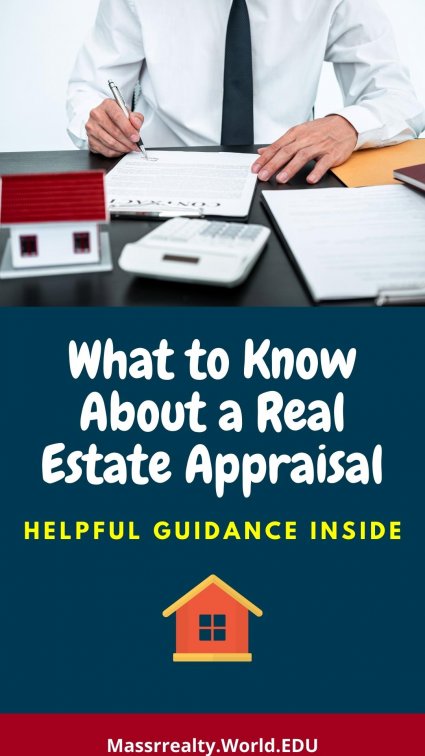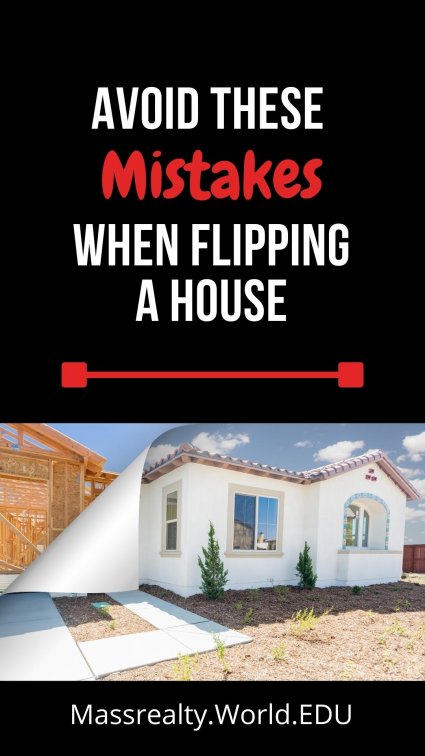
When you’re in the market to buy or sell a house, getting an appraisal is one of the most important steps. Whether you’re buying your first home, listing your house on the market, or investing in a property using a 1031 exchange, it’s important to understand what an appraisal is, how it works, and why it matters.
What is an appraisal?
An appraisal is an evaluation of a home’s value. It is performed by a licensed appraiser who does not represent the buyer, seller, or lender so the results are more reliable for everyone involved.
Appraisals are typically required for homes that are financed or refinanced by a mortgage lender. The purpose of the appraisal is to ensure that the purchase price does not greatly exceed the property’s fair market value.
Appraisers will use similar comparable sales to determine the market value.
An appraisal isn’t required for homes bought with cash, although the buyer might want one to verify that the price is fair. The house may sell faster if the buyer decides to skip the appraisal.
What happens during an appraisal?
An appraiser will inspect a home’s interior and exterior to assess its value. The evaluation includes the size of the lot, the number of square feet, and the number of bedrooms and bathrooms, as well as significant upgrades that have been made to the property.
The appraiser will also consider the home’s proximity to schools, public transportation, stores, restaurants, and other local features that add to its value.
After the on-site assessment, the appraiser will check similar properties that have sold recently in the same neighborhood to compare how the property should be valued.
What is the difference between an inspection and an appraisal?
The biggest difference between an appraisal and an inspection is their purpose. An appraisal establishes a home’s value, while a home inspection looks for problems that may be of concern to buyers before they purchase a property.
Problems can include structural damage to the roof and foundation, as well as health concerns, such as mold. An inspector can also provide feedback on the quality of the HVAC systems and major appliances.
If problems arise during an inspection, a buyer can ask the seller to make repairs or reduce the price.
There are no mandatory fixes for a seller after a home inspection, however, if the problems are significant enough they could prevent the seller from getting financing for the property.
How the seller responds may depend on contingencies in the initial offer. Find a real estate agent to help you understand what contingencies should be included before you make or accept an offer.
Why is an appraisal important?
Appraisals are important to the buyer and the seller. Buyers want to make sure they’re getting a good value, and sellers want to make sure they’re getting the most profit from their investment.
The appraisal also provides peace of mind to lenders. They want to make sure they aren’t loaning more money than the property is worth. Should a home be foreclosed, the bank wants to make sure it will recover its losses.
It’s not uncommon for buyers to receive low appraisals if homeowners are selling their houses in a hot seller’s market. That’s because bidding wars for a limited number of properties may drive home prices beyond their appraised values.
If the appraisal is lower than the agreed-upon sale price, a lender may not approve the loan. There are a few ways to complete the transaction without losing the property. The buyer can make up the difference by providing a larger down payment or asking the seller to lower the price.
In some cases, neither option may be available. If there is an appraisal contingency clause in the offer, a buyer can withdraw the bid and walk away.
Property owners might also hire an appraiser if they are considering listing it for sale. This is a particularly useful step for someone who is selling their house for sale by owner and does not have knowledge of the local market.
Who pays for an appraisal?
The costs of buying and selling a house add up. If you’re the buyer, you’ll have to pay for the appraisal in most cases. It typically costs between $300–$500. Buyers pay for the appraisal at closing, along with other costs.
How should you prepare for an appraisal?
Preparing for a real estate appraisal is essential.
Start by reviewing previous appraisals conducted on the property. Take special note of things that caused changes to the home’s value. If you’re selling or refinancing, be sure to take care of any problems before the appraiser arrives to increase your home’s value.
Collect informational documents that can impact your home’s value. These include documents from when you purchased the property and the official land survey, which establishes property size. You should also assemble receipts and work orders from improvements you’ve made on the property.
Just like when you’re listing your home for sale, you want it to look its best for the appraisal. Thoroughly clean, declutter, and make necessary repairs. Add some instant curb appeal by mowing the lawn and trimming the hedges.


